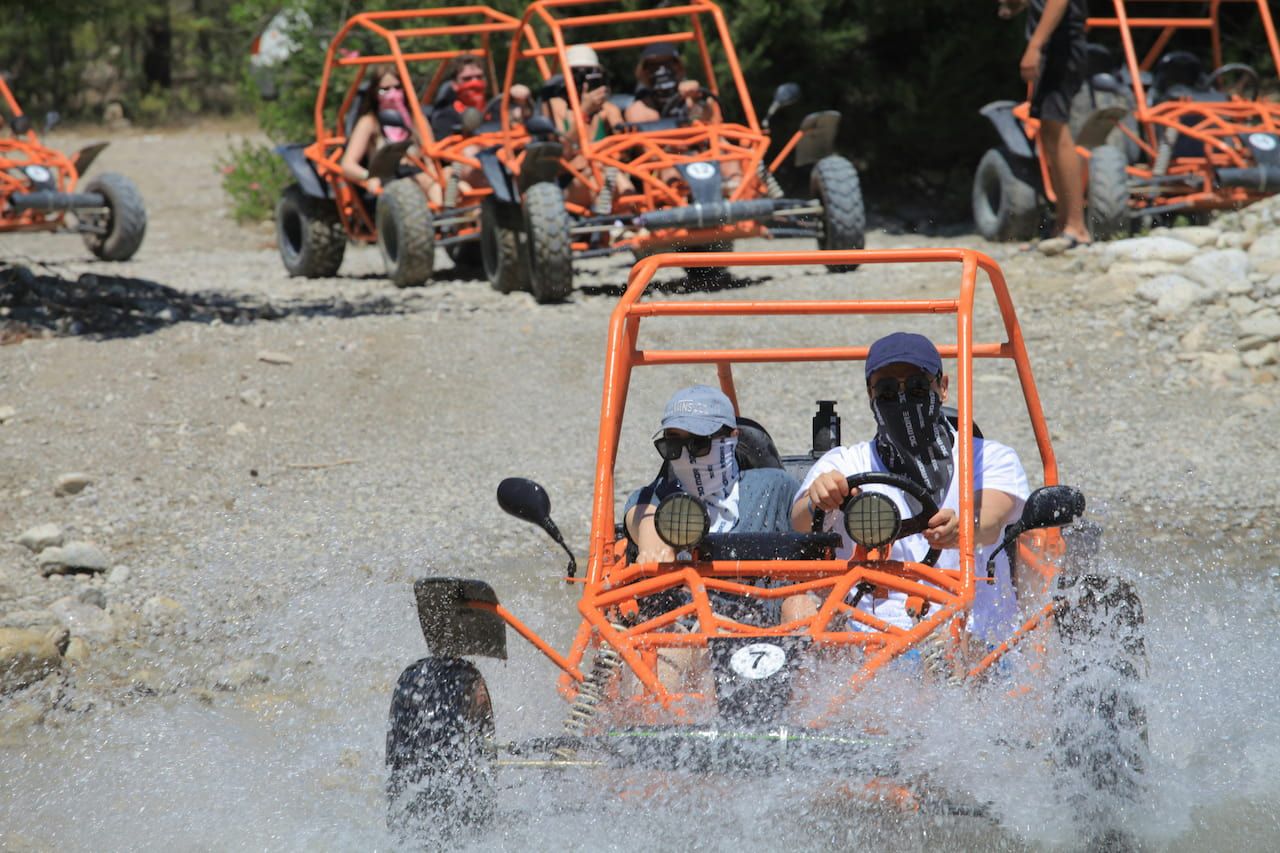In group UTV outings, riders must rely on clear hand signals and cues to avoid confusion, prevent accidents, and stay connected. With the right techniques, UTV owners can enjoy safer rides while feeling confident in communicating turns, stops, and other important actions on the trail.

Understanding UTV Rider Communication: The Basics
UTV Hand Signals for Riding Techniques help keep your group synchronized and alert. The fundamental principle is to use universally understood gestures that quickly convey messages about speed, direction, and hazards. This coordination prevents misunderstandings, keeps everyone focused, and enhances the overall ride experience.
- Confusion Due to Lack of Established Signals: Without a shared set of hand signals, riders may misinterpret each other’s actions, leading to sudden stops or missed turns.
- Increased Risk of Collisions: When there’s no consistent communication system, the likelihood of unexpected maneuvers and collisions rises significantly.
- Disorganized Group Movement: A group that can’t communicate effectively often experiences spacing issues and inconsistent speed, reducing fun and increasing stress.
Key Techniques for UTV Rider Communication
UTV Rider Communication and safety equipment go hand-in-hand when ensuring safer rides. Below are core steps to help you perfect this essential skill:
- Identify Universal Signals – Learn widely recognized gestures for start, stop, slow down, hazard, and turn. Consistency is key to preventing confusion.
- Practice Clarity and Consistency – Use deliberate, clear hand movements at a height and angle easily visible to riders behind you.
- Adapt to Terrain and Visibility – Adjust or repeat signals when riding in dusty conditions, through dense foliage, or in low-light situations to maintain clarity.
- Coordinate Timing and Follow-Through – Signal well in advance of an action—like turning—so fellow riders have time to react safely.
Putting it into Practice: Steps for Mastering Hand Signals
Before hitting the trail, it’s wise to consult additional UTV Rider Communication riding tips and follow these steps to refine your communication skills:
- Agree on a Common Set of Signals – Before your ride, ensure everyone in the group understands and can replicate the same hand gestures.
- Rehearse Before Real-World Use – Practice in an open area or during a short test run. Establish a lead rider who consistently initiates signals.
- Stay Alert and Responsive – Regularly check your mirrors and the riders behind you. Acknowledge any signals passed back to confirm receipt.
Best Practices for Effective Group Communication
To maintain order and reduce potential mishaps:
- Ride in manageable group sizes.
- Keep a safe distance to allow for reaction time.
- Incorporate regular stops to discuss routes or hazards.
- Adapt signals to unique trail or weather conditions.
Seeking Further Improvement and Expert Guidance
If you notice ongoing communication breakdowns or frequent close calls, it may be time to seek UTV Rider Communication professional guidance. Expert instruction offers personalized feedback, reinforcing your skills and enhancing group safety.
Remember, developing strong communication habits takes ongoing practice. Whether you’re new or seasoned, continual learning keeps everyone safer and more confident on every ride.
Main Points to Remember
Clear, consistent hand signals are the foundation of safer, more enjoyable group UTV rides. By learning universal gestures, practicing them regularly, and following best practices, you’ll foster a collaborative and confident riding environment. Strong communication not only reduces the risk of accidents but also heightens the fun and camaraderie of each adventure.
